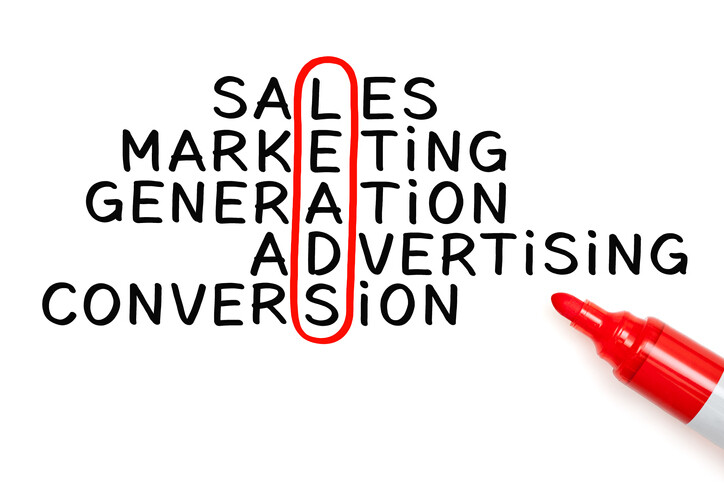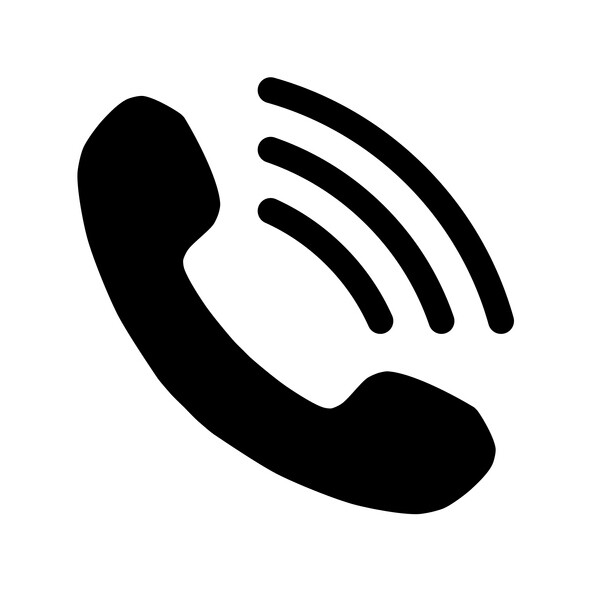PPC Lead Generation Works
PPC is one of the most effective lead generation tools ever created. Because it captures intent, PPC grabs leads already looking for your product. With the right budget and account setup, leads start to arrive.
Receiving a lead is half the story. The follow up is what turns a lead into a sale — a win-win for the customer and your business. An engaged lead is one of the most valuable touch points for your company.
Depending on the industry, it’s not unusual for PPC to generate double and triple digit leads per month. Volume is different with each industry. For some clients we’ve generated over 1,000 leads per month. For clients with larger ticket products, it only takes a few leads per month to create a positive return on ad spend. Like a bear to honey, PPC attracts great leads.
After clicking on an ad and going to a website or landing page, PPC leads are delivered in one of two ways: 1) Form submission email notifications, or 2) Live phone calls.
While PPC captures leads, it’s critical that a clearly defined lead follow-up process is in place. This turns leads into sales. It’s the agency’s job to get you leads; it’s the client’s job to follow up on leads.

Managing PPC Lead Volume Challenges
Lead generation follow up often comes with challenges. Once more and better leads flow, the back end follow up of lead generation becomes critical. If your sales team is not ready to answer more calls and more form submissions, high volume leads can turn into high volume losses, frustrated customers, and some big dents in your brand’s integrity, reputation, and revenue. Opening up the lead flood gate is a good problem to have but your sales team must be ready to take on water plus respond rapidly.
You may have the best lead generation campaign money can buy but if you can’t handle the leads by creating a positive customer experience, you might experience shock, frustration, and surprises. Furthermore, if your competition has a robust lead follow up program, you could lose market share and sales. Don’t allow your competition to beat you at your own game. Preparation is critical. Since you’re spending hard-earned money for every click, every lead should count. You owe it to your company, customers, and your bottom line.
What We’ve Learned From Lead Gen Experience
Because we’ve designed and managed lots of local and national lead generation PPC campaigns, we’ve observed and learned valuable lessons as sales teams manage leads. These tips come from experience, testing, listening, and optimizing on a regular basis in multiple industries. No matter which industry, best practices for lead generation follow up are universal. This applies to low tech and high tech products.
Below are ten tips for PPC lead generation success. Do these and you’ll increase lead closure rates. You’ll also reduce lead abandonment rates and ultimately increase your sales revenue.

Proven Tips For PPC Lead Generation Follow Up
- Answer the phone: Let’s face it, people are social beings and we like to talk human to human. There’s no substitute for a live lead ready to talk, then buy. Always have a customer service representative available to answer the phone throughout operating business hours.
- Capture contact info: Capture the caller’s name, phone number, and email early on in the call to follow up if the call gets dropped. Get their information upfront.
- Reduce wait & hold times: Ensure your wait times/hold times are reasonable – avoid any wait time over 1 to 2 minutes.
- Have a great voicemail message system: If you can’t answer the phone live or you’re away from the office, not just any voicemail will do. Make sure you have a simple, clear, and concise message. “Hi. You’ve reached company X’s sales team. Sorry we missed your call. Please leave your number and a detailed message. We’ll get back to you quickly.” Also make sure your voicemail has plenty of storage. If a quality lead hears a message that says, “Voicemail box is full,” what kind of signal does that send? Guess what that lead will do? Hang up then call your competitor. Even better, have a system that notifies your sales team via text or email whenever a message is left.
- Follow up in five minutes or less: If you don’t call a lead back in five minutes or less, the chances of losing that lead skyrockets. Harvard Business School did a study verifying how quickly leads go cold. The study showed that companies which contacted potential customers within an hour of receiving a lead were nearly seven times more likely to qualify the lead. Companies that waited 24 hours or longer saw a huge drop in lead follow up success. Lead abandon rates soar with every minute that’s lost. If you’re not ready your competition is. The first company to follow up wins. Catch em while they’re hot! A cold lead can’t generate sales. An abandoned call or slow follow up means lost potential revenue. That’s like handing money to your competition.
- Missed calls: Call them back in five to ten minutes max. A good PPC call tracking system will capture the phone number, even on a missed call from a landing page or website.
- Record your calls: A professional PPC call tracking system provides permission-based call recordings. Such calls are tracked and measured. These recordings make fantastic training tools. Recordings also serve to improve the sales closure process. Learn from conversation gaps in describing how your product could help the lead or how it’s different from your competition.
- Train your CSRs: Train customer service representatives on closing the lead (cross selling, having a solid understanding of product/service). Also consider bonus or commission incentives for customer service representatives that close leads.
- Use a log or CRM tool: Keep a manual log in a spreadsheet, (or use a CRM tool like Salesforce or HubSpot) of all leads. If a lead said they would call back, note that and follow up if you did not hear back.
- Form fill best practices: Call back form submission leads in 5 to 10 minutes (the sooner, the better). If you were unable to reach them, leave a voicemail and follow up via email. Try calling again within one day if you do not hear back. If the lead goes silent, write and call two days later to check if you’re still on their radar. And remember, short form fills are best. All you need is five fields: first name; phone number; email; company name; and a comments field. Nothing more. The other blanks are filled in when you call back and talk live.
The above tips apply to most lead generation campaigns, even traditional ads, organic website traffic or other common marketing funnels that send leads your way. Don’t let any lead go to waste. The good ones add up by turning live contacts into revenue.
Now, go turn some leads into sales!
If you need help getting more and better leads, contact us today for a free consultation and PPC lead funnel audit.
Stuart Atkins


Leave a Reply